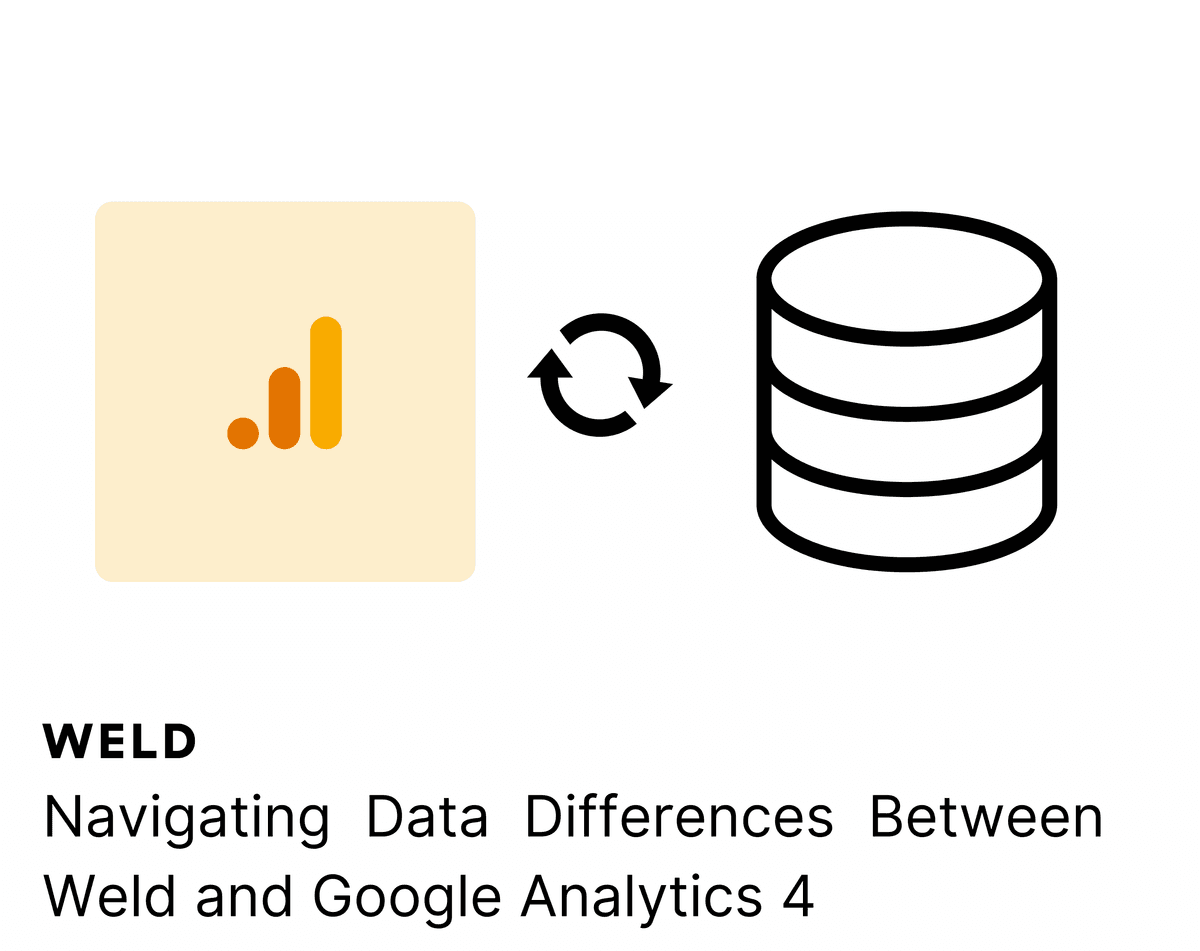
How to score the health of your customers (and 5 ways to use the data)

Every company wants to win new customers — it’s an important part of scaling the business and expanding to new markets. But as you strive to build up your acquisition funnel, you don’t want customer success and satisfaction to fall to the side. Customer health is an essential ingredient to overall company success and growth. Especially for SaaS solutions and other subscription-based services, measuring and improving your customer health score should be a top priority.
“Neglecting existing customers ends up adding costs in the long run, resulting in more churn, lower cross- and upsell, and more pressure on sales teams just to stay level.”
– McKinsey
What is a customer health score?
A customer health score is a numeric score given to existing customers to represent their satisfaction, product usage, and churn risk. It measures the value a customer gets from your product or service, and their loyalty to your brand. You can also look at your overall customer health score to get a sense of how your customer base balances out. What percentage of them are firmly dedicated to your solution, and what percentage have one foot out the door?
How to calculate your customer health score
Follow these steps to start measuring customer health at your company.
1. Define customer health
The first step to creating a customer health score is deciding what that score means for your company. Generally, your customer health score will encompass several more specific customer success metrics like feature adoption, product usage, number of support tickets opened, renewals, etc. Some of these factors will be unique to your business because what makes a customer ‘healthy’ varies significantly from one organization to another.
For example:
- An all-in-one platform like Hubspot might look at how many features or product segments clients are using as a measure of customer health. Because they’re a one stop shop, they want to see users migrate their Marketing, Sales, and Support functions all into their platform.
- A more niche tool like Mailchimp, on the other hand, might look at a user’s number of active integrations to gauge customer health. They likely want to see that clients have connected their product to several of the other SaaS tools they use, because then it’s more embedded into their flow of work.
That being said, both of these companies would likely look at many of the metrics mentioned above to measure their customer health, too. So when you’re defining customer health, make sure you balance between general measurements and ones that are more specific to your business context.
2. Choose your metrics
With a clear definition of what a healthy customer looks like (and what an unhealthy customer looks like), you’re ready to make things a bit more technical. This means selecting specific metrics or KPIs that can tangibly measure the factors of success outlined in your definition.
What should a customer health score include?
Consider some of these factors when selecting metrics for your customer health score.
- How often a customer uses the product
- Whether the customer is upgrading or renewing
- NPS scores, customer satisfaction ratings, and reviews
- Number of active users or another measure of product adoption
- Need for support and satisfaction with support
- Brand and community engagement
This part has to be a collaborative effort between company leadership, the customer experience or success team, and the data team. Clearly defining core company metrics is an important step towards a more aligned, data-driven workforce.
One of the keys to success in this is to create a single source of truth for your data, to help reduce data silos between teams or varying definitions. With Weld, you can centralize data from all of your sources easily, and define your metrics in the same platform. To learn more about how Weld can help you achieve your data goals, book a call with one of our specialists or try it out for free.

3. Create a scoring system
With a definition and clearly outlined metrics, it’s time to establish your scoring system. This is where you'll decide how each metric is weighted in your customer health score. It’s a tricky exercise, but an important one. Having access to your customer data makes this far more straightforward, because you’re able to pinpoint some clear correlations between your metrics and customer behaviours.
For example:
- Users who set up a specific product integration are 3x more likely to renew their subscription at the one year mark.
- If a user hasn’t added their credit card information within the first month, it’s highly unlikely they ever will.
- Customers who receive onboarding support within the first 5 days typically subscribe to the annual rather than monthly payment plan.
- Users who have been active in the product for over 3 months are more likely to refer it to a friend or colleague.
All of this information could inform your scoring system, depending on what customer actions are most important to your success and growth strategies. You can also research to confirm these correlations so that you aren't working off of assumptions.
Of course, this is a tall order even for a fully-stacked data team with a robust infrastructure already in place. But when you upgrade from a legacy data stack to a modern data stack, ambitious tasks like this are within reach. An end-to-end data platform like Weld makes activating company data far quicker with pre-built pipelines and a sleek modelling tool.

4. Segment your customers by health score
The final step is to segment your customers based on their health scores. Similar to breaking up your customers by demographics, this means deciding where the lines that separate your customers are so that you can make the best use of this scoring system. It’s up to you how many segments you create and where the lines are drawn — there’s no one right way to do this. Here are a few examples of how it might look:
Customer health score segmentation example 1
- 0-49 - At risk
- 50-74 - Stable
- 75+ - Healthy
Customer health score segmentation example 2
- 0-39 - Disengaged
- 40-59 - Unsatisfied
- 60-74 - Satisfied
- 75-89 - Happy
- 90+ - Ambassador
You can likely find some benchmarks for your industry, but just make sure they make sense in relation to your definition, metrics, and scoring system. In the end, how you segment will also depend on your company’s context and the goals and applications of your customer health scoring.
What are customer health scores used for?
Customer health scores are often used to monitor churn risk and improve customer retention. When a client’s score drops, the support team can reach out and try to address whatever the issue is. But as more organizations adopt a product-led approach, customer health scores are being used in way more areas. Companies can use their customer data to not just improve retention, but further develop their products and services.
This marks a significant shift in that a company’s go-to-market strategy may no longer be just about attracting new customers, but continuing to deliver value to their existing ones, too. And this is how organizations are using customer data for exponential growth. It’s a more proactive way of building customer loyalty — you can build the features people need before they know they need them.
“Companies could win big from this strategy, with McKinsey benchmark data suggesting that existing customers account for between a third to half of total revenue growth, even at start-ups. Costs for revenue expansion from existing customers are also a fraction of those for acquiring new business.”
– McKinsey
What’s the key to success in all this? Data. Being able to properly track and measure all the various components of customer health and success is the first piece. Then, you can bring that data into strategies and embed it into how work gets done, creating a truly customer-centric approach. Tools like Weld that offer end-to-end data management, from centralizing data from multiple sources in your warehouse to activating that data through reverse-ETL, offer a real advantage in achieving data-led growth.
5 ways to use your customer success data for growth
- Automatically alert Customer Success Managers when a client’s health score drops.
- Create automated onboarding flows based on user behaviour and success factors.
- Integrate customer feedback into your product roadmap and new feature rollout.
- Build an ambassador program and get your healthiest customers to promote your brand.
- Get feedback from your lowest scoring customers to spot opportunities for improvement.
Customer centricity starts with customer health scoring
Knowing how your customers are doing and what their overall health is like is critical for a more effective customer success strategy. Not only that, it brings crucial insights that can inform everything from your marketing campaigns to product development roadmap and network expansion initiatives. Now you’re equipped to start measuring customer health — and turning those insights into action!
Continue reading
.jpg&w=1200&q=75)
New Destination Alert: PostgreSQL
You can now effortlessly sync your data from over 150 sources directly into your PostgreSQL database. Get ready to supercharge your data management an


Navigating Data Differences Between Weld and Google Analytics 4
Navigating Data Differences Between Weld and Google Analytics 4. A look into the reasons behind the data discrepancies you might encoun

.png&w=1200&q=75)
New feature Alert: Sync History Insights Chart
Finding and sorting data sources, as well as seeing a historical overview of your syncs, is now easier than ever






